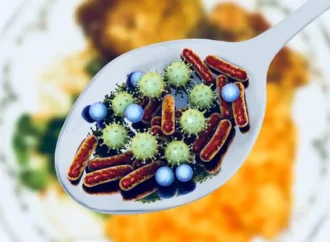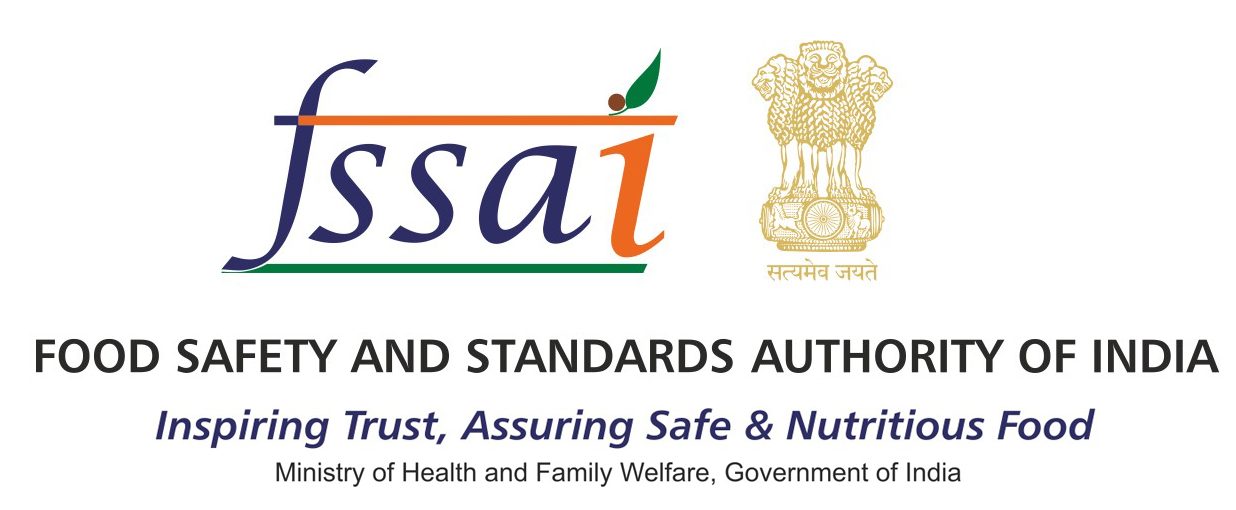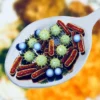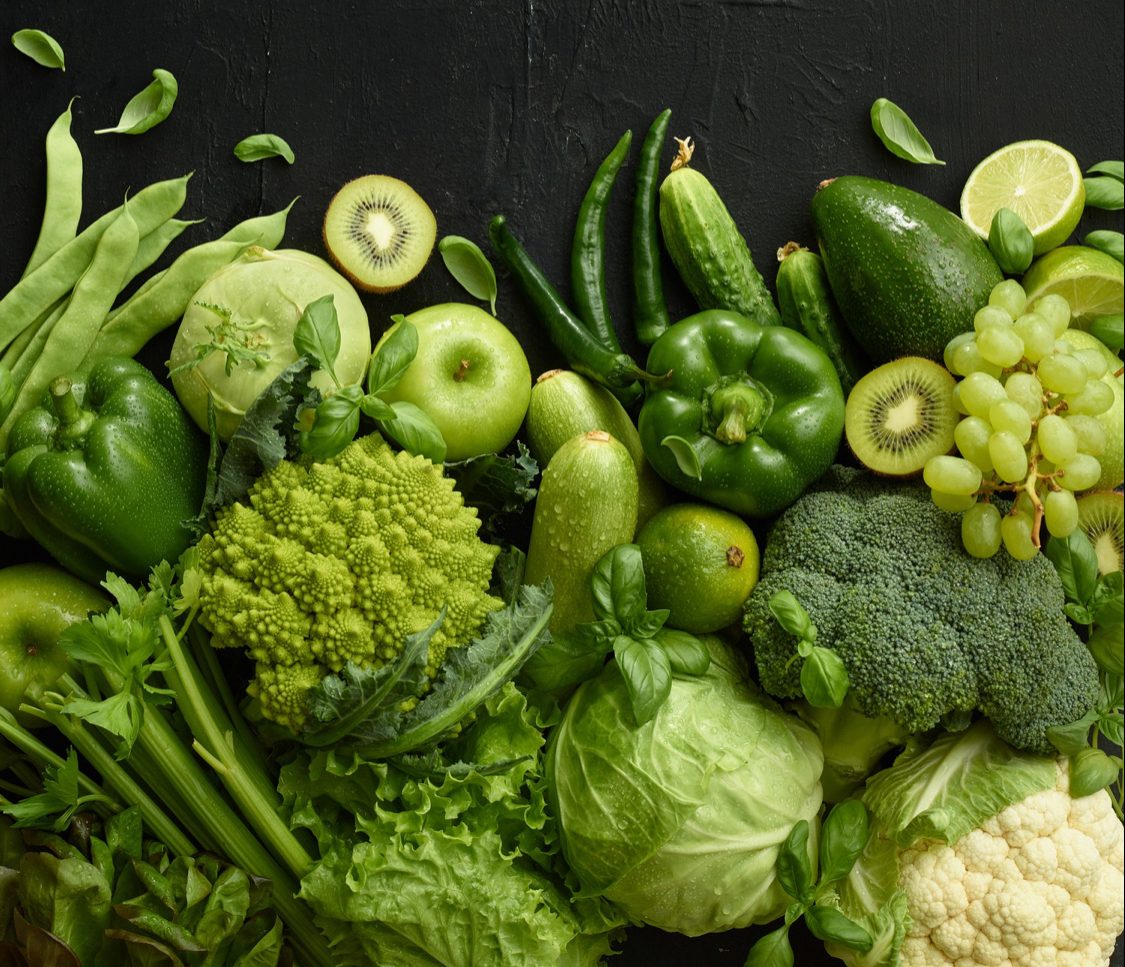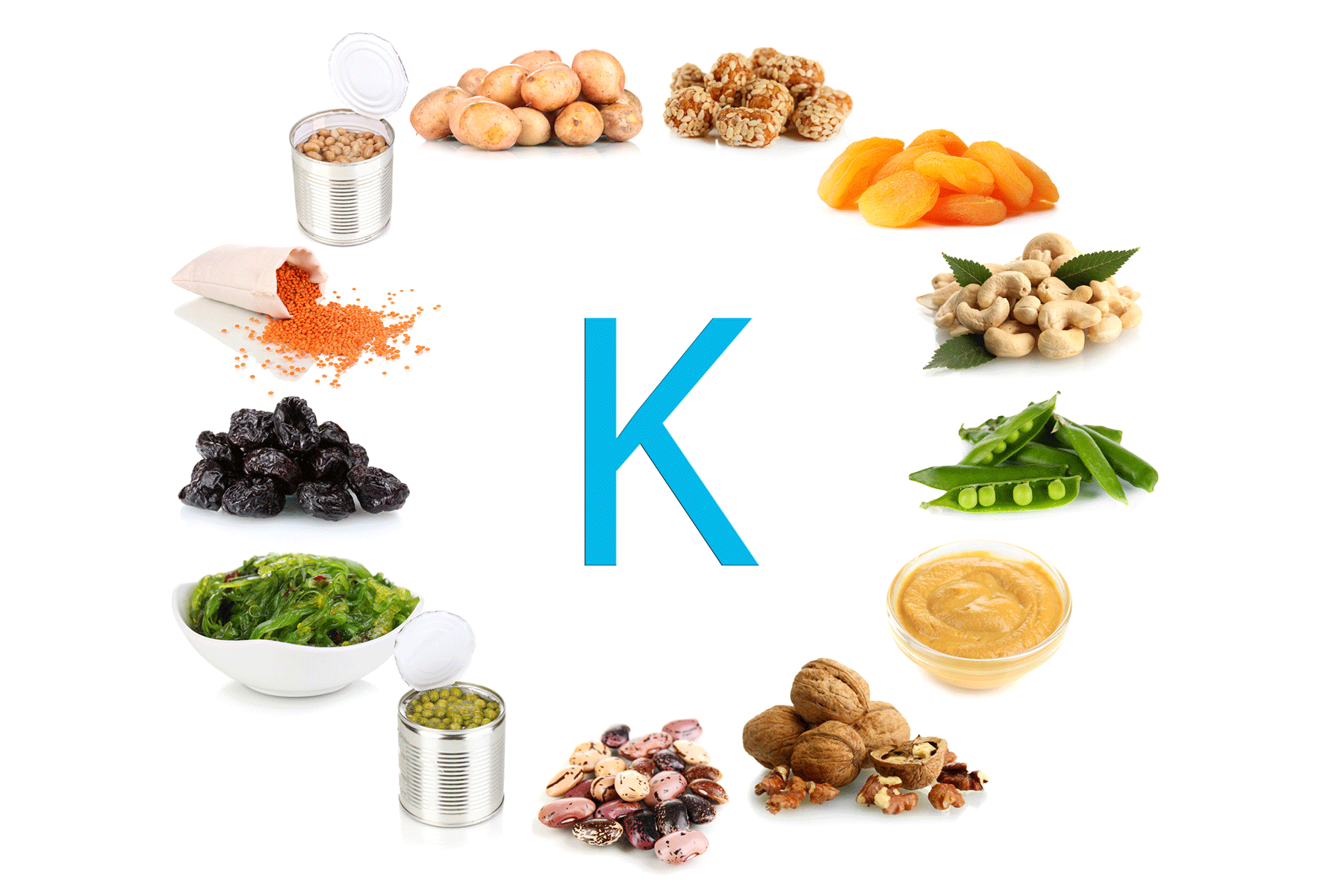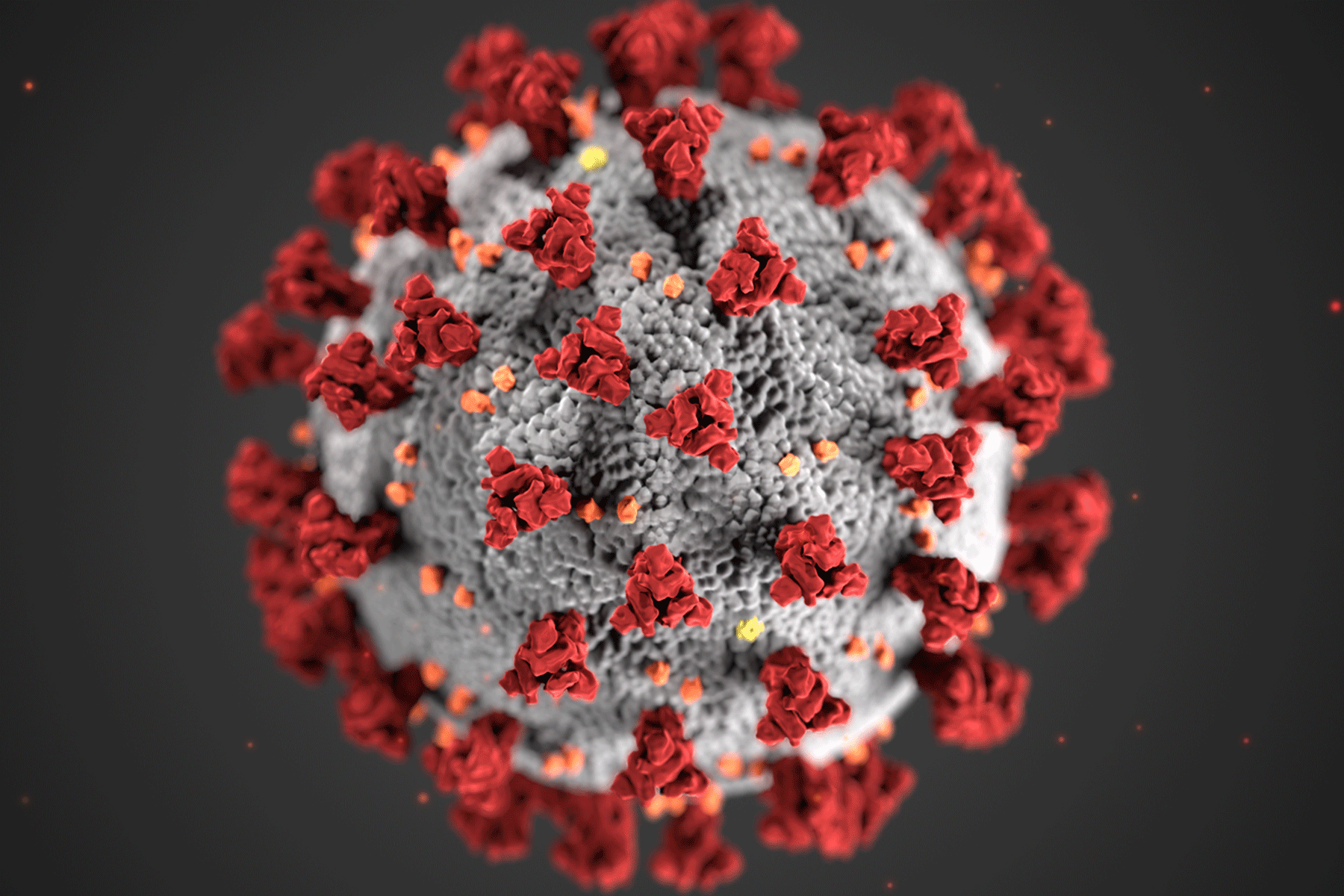Nitrosamines are chemical compounds that pose serious health risks, including carcinogenic (cancer-causing) and mutagenic (DNA-damaging) effects. These compounds are not deliberately added to food but form during food processing, cooking, or preservation, particularly under high heat or acidic conditions. Nitrosamines typically form when nitrites, used as preservatives, react with naturally occurring amines in foods. This article will explore what nitrosamines are, how they end up in our food, common sources, associated health risks, and practical tips on reducing exposure to minimize potential harm. Understanding these factors can help consumers make informed dietary choices.
What Are Nitrosamines?
Nitrosamines are chemical compounds that form when nitrites, commonly used as preservatives in processed meats, react with amines. Amines are naturally occurring compounds found in proteins in many foods. This reaction occurs during food preparation, especially when foods are heated, and even within the human body. Although nitrosamines are not intentionally added to food, they form as by-products of food processing, particularly under high heat or acidic conditions.
How Do Nitrosamines End Up in Our Food?

Nitrosamines form when nitrites (or their precursor, nitrates) react with amines in food. Nitrates preserve meats, extend their shelf life, and enhance their colour. In processed meats like bacon, salami, and sausages, nitrites prevent bacterial growth. However, when these meats are exposed to high temperatures from grilling, frying, or broiling, the nitrites react with amines in the meat, producing nitrosamines.
This process also occurs in other foods, such as processed vegetables, cereals, milk, dairy products, and fermented or pickled foods. Even people on vegetarian or vegan diets are not entirely safe, as nitrate-rich vegetables like spinach and lettuce can convert to nitrites and then to nitrosamines in the body.
Common Sources of Nitrosamines in Food

Nitrosamines appear in a variety of food products, especially those processed or preserved with nitrites and nitrates. Some of the most common sources of nitrosamines include:
- Processed Meats: Cured meats such as bacon, hot dogs, ham, sausages, and salami contain nitrosamines, as manufacturers use nitrites for preservation.
- Beer and Alcoholic Beverages: Nitrosamines form in beer and other alcoholic drinks, especially during the malt drying (kilning) process.
- Processed Fish: Smoked or preserved fish products also contain nitrosamines, similar to cured meats.
- Vegetables: Leafy vegetables like spinach and lettuce, which naturally contain high levels of nitrates, can convert to nitrites and nitrosamines under certain conditions.
- Tobacco: Although not a food, tobacco smoke releases nitrosamines during the curing and burning processes, making smoking and passive smoking major risks for nitrosamine exposure.
Health Hazards of Nitrosamines
Nitrosamines pose significant health risks, particularly due to their ability to cause cancer and genetic damage. Here are the key health hazards associated with nitrosamines:
- Carcinogenic Properties:
- Nitrosamines have caused cancer in animals, with approximately 90% of tested nitrosamines being carcinogenic.
- These compounds can lead to cancer in various organs, such as the liver, lungs, and digestive system.
- Mutagenic:
- Nitrosamines can cause DNA mutations, leading to genetic damage.
- DNA mutations can increase the risk of cancer and other genetic disorders.
- Protein Damage:
- Nitrosamines can damage proteins, which are essential for various cellular functions.
- Damage to proteins can contribute to diseases and disorders that affect cellular health.
How to Avoid Nitrosamines in Food
Although eliminating nitrosamines from our diet is difficult, we can reduce exposure by following these steps:
- Limit Processed Meat Consumption: Processed meats are the primary source of nitrosamines. Avoiding products like bacon, sausages, and hot dogs can significantly reduce your exposure.
- Opt for Low-Temperature Cooking: Cooking methods like grilling, frying, and broiling promote nitrosamine formation. Instead, choose cooking methods such as boiling or steaming to reduce the risk.
- Choose Organic Produce: Organic vegetables typically contain lower levels of nitrates compared to conventionally grown produce. For nitrate-rich vegetables like spinach or lettuce, avoid reheating them, as this increases the formation of nitrosamines.
- Eat a Balanced Diet: A varied diet with plenty of fresh fruits and vegetables helps reduce nitrosamine intake. Opt for vegetables low in nitrates, such as cucumbers and bell peppers.
- Avoid Smoking: Smoking is a major source of nitrosamines. Quitting smoking and avoiding tobacco products will lower your exposure to these harmful compounds.
Regulations and Industry Response in India
In India, the Food Safety and Standards Authority of India (FSSAI) regulates food safety, ensuring safe food processing practices to prevent harmful compounds like nitrosamines. Although FSSAI does not directly regulate nitrosamines, it follows international guidelines that classify them as carcinogenic. To mitigate this risk, Indian food manufacturers are exploring alternatives to nitrite-based preservatives in processed meats. Some companies are opting for natural preservatives like ascorbic acid (vitamin C), which helps reduce nitrosamine formation. Despite these efforts, nitrosamines remain a concern in processed foods and naturally occurring sources like vegetables. Ongoing research and regulatory improvements are crucial to minimizing these risks and safeguarding public health.
Conclusion
Nitrosamines in food present a serious health threat due to their carcinogenic and mutagenic properties, as they can contribute to cancer and genetic damage. These harmful compounds typically form during food processing and cooking, especially when nitrites in foods like processed meats react with amines under high heat. While eliminating nitrosamines from the diet is difficult, we can significantly reduce exposure by limiting processed meats, opting for safer cooking methods like boiling or steaming, and maintaining a balanced, varied diet. By making informed dietary choices and staying mindful of these risks, consumers can minimize their chances of health issues linked to nitrosamines and protect their long-term well-being.
 Food Manifest
Food Manifest 

